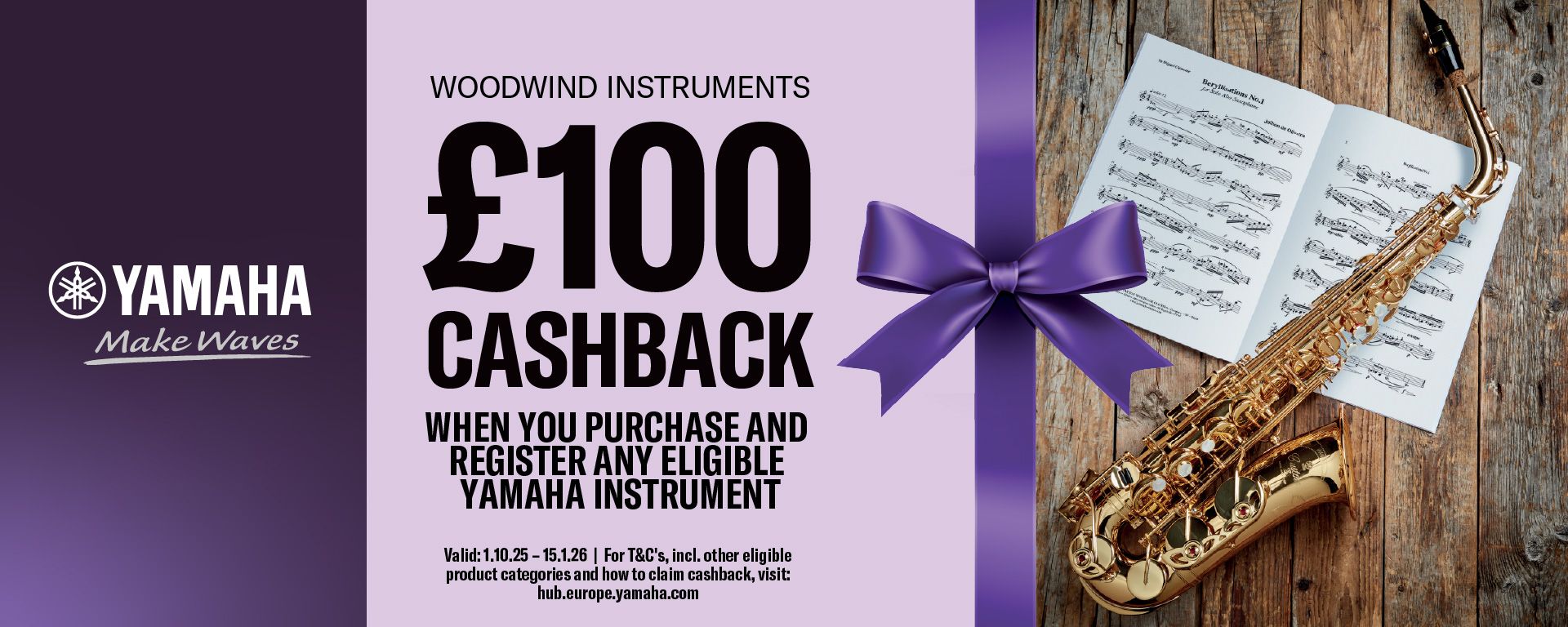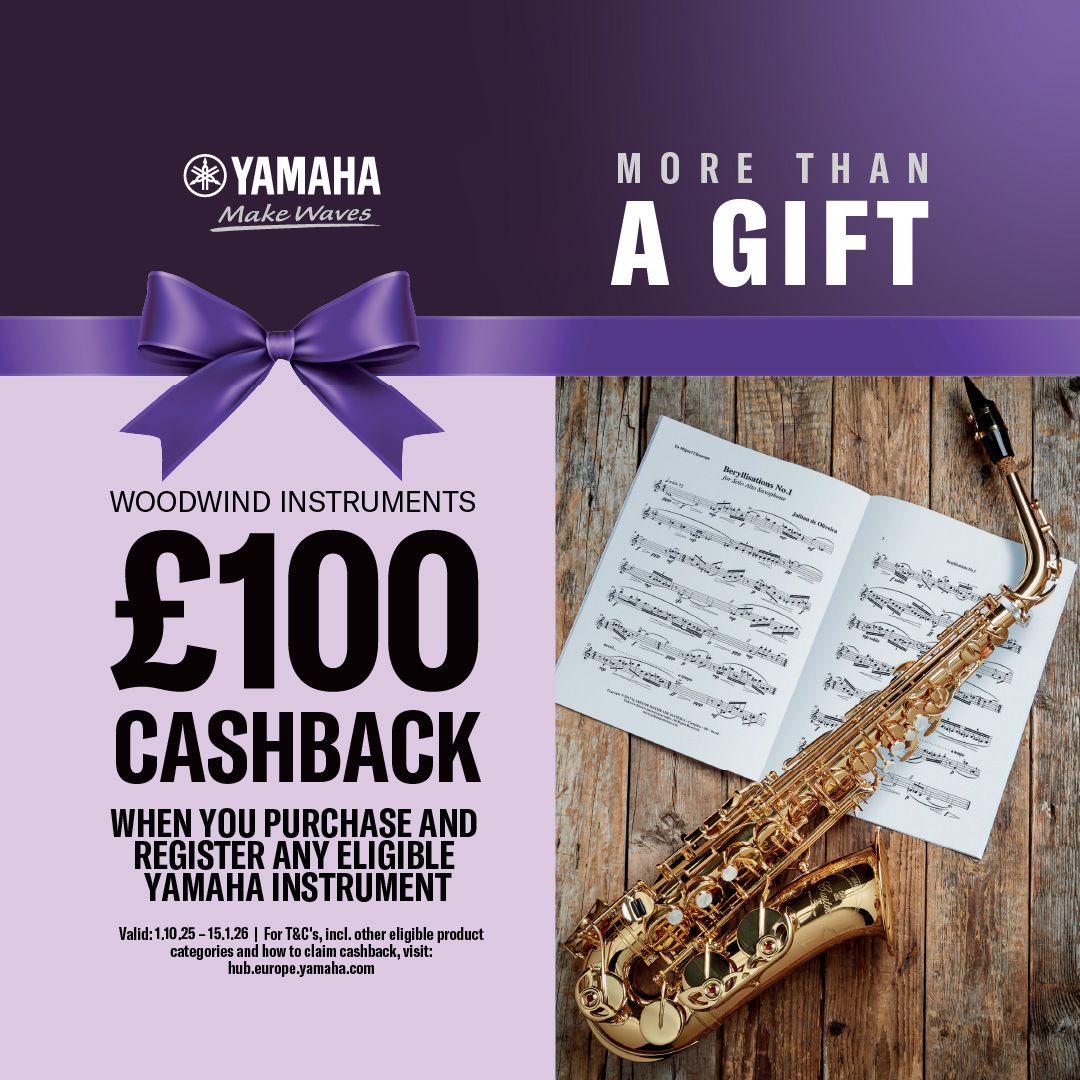From the Publisher
This is an arrangement of the only string quartet by Elgar that remains. He completed a quartet much earlier in his life which he labelled opus number 8, but he later destroyed it. He made several other attempts, but none of these were completed. This quartet was written at the request of Carl Fuchs, then the cellist in the Brodsky quartet. Fuchs and Elgar met over dinner after a performance of the Enigma Variations in Manchester in 1910. However it was March 1918 before Elgar started work on the piece, whilst recovering from ill health. Between 1918 and 1919 Elgar completed his last three instrumental masterpieces; this quartet, the violin sonata in E minor, and the piano
quintet in A major. Along with his cello concerto (written 1919), these were the last major works the composer completed before his death in 1934.
In the opening movement, two ideas make up the first subject: one is a probing, questioning figure rising in stepwise movement over a 2-bar phrase; the other is an answer of descending fourths, always in pairs. These two motifs determine the musical character: the rising semitones suggest tension, conflict; the open intervals, usually descending, suggest emotional resolution. The central section displays ever more jagged chromaticism up to the moment of climax, after which Elgar ends the movement with the question he asked at the beginning, but closing on the reassuring security of major tonality.
The slow movement, piacevole, was begun in October, when the end of the war was in sight. It was finished on 26 November, after the Armistice. As in the first movement, two motifs dominate the song-like andante, with a gently moving triple metre. The long sequential cantabile theme occurs, in full, three times, separated by subsidiary episodes which are consistent with the principal theme, and derived from it, using chromatic development.
After the probing of the first movement, and the peace of the second, the impassioned ecstasy of the third movement completes the artistic wholeness of Elgar’s vision. Lady Elgar likened this movement to the “galloping of stallions”. This should not be read to imply a deeper programme for the work, simply that Elgar had captured the atmosphere and spirit of the woodlands around his country retreat that were his inspirartion.
Contents
- Allegro moderato
- Piacevole (poco andante)
- Allegro molto
Item Details
Our Stock Code: 1459753Category: Flute Quartet Music: Four Mixed Flutes
Publisher: Forton Music
Publisher's reference: FM852
Media Type: Paperback
Country of Origin: UK Mainland
HS Code: 49040000

